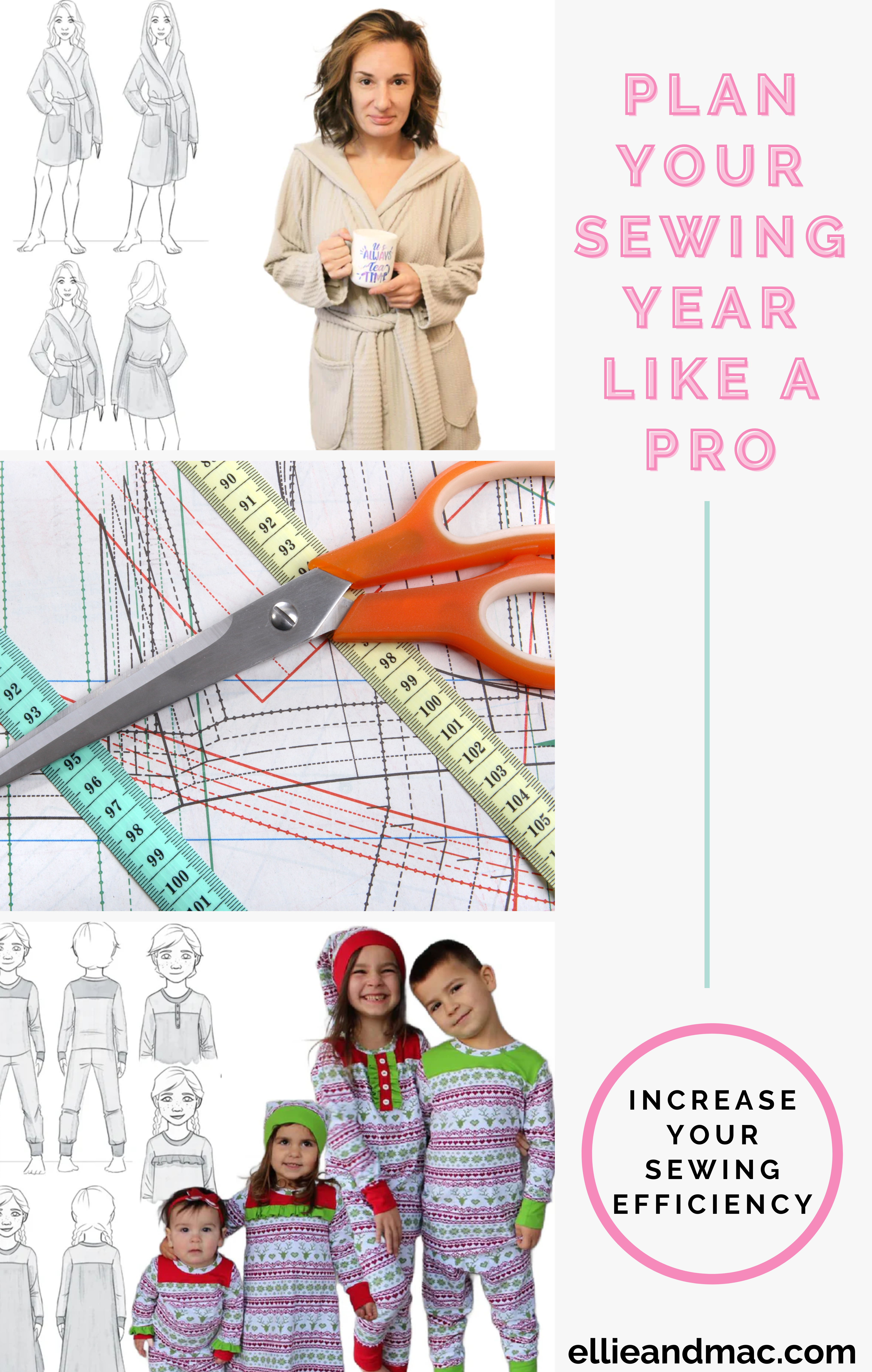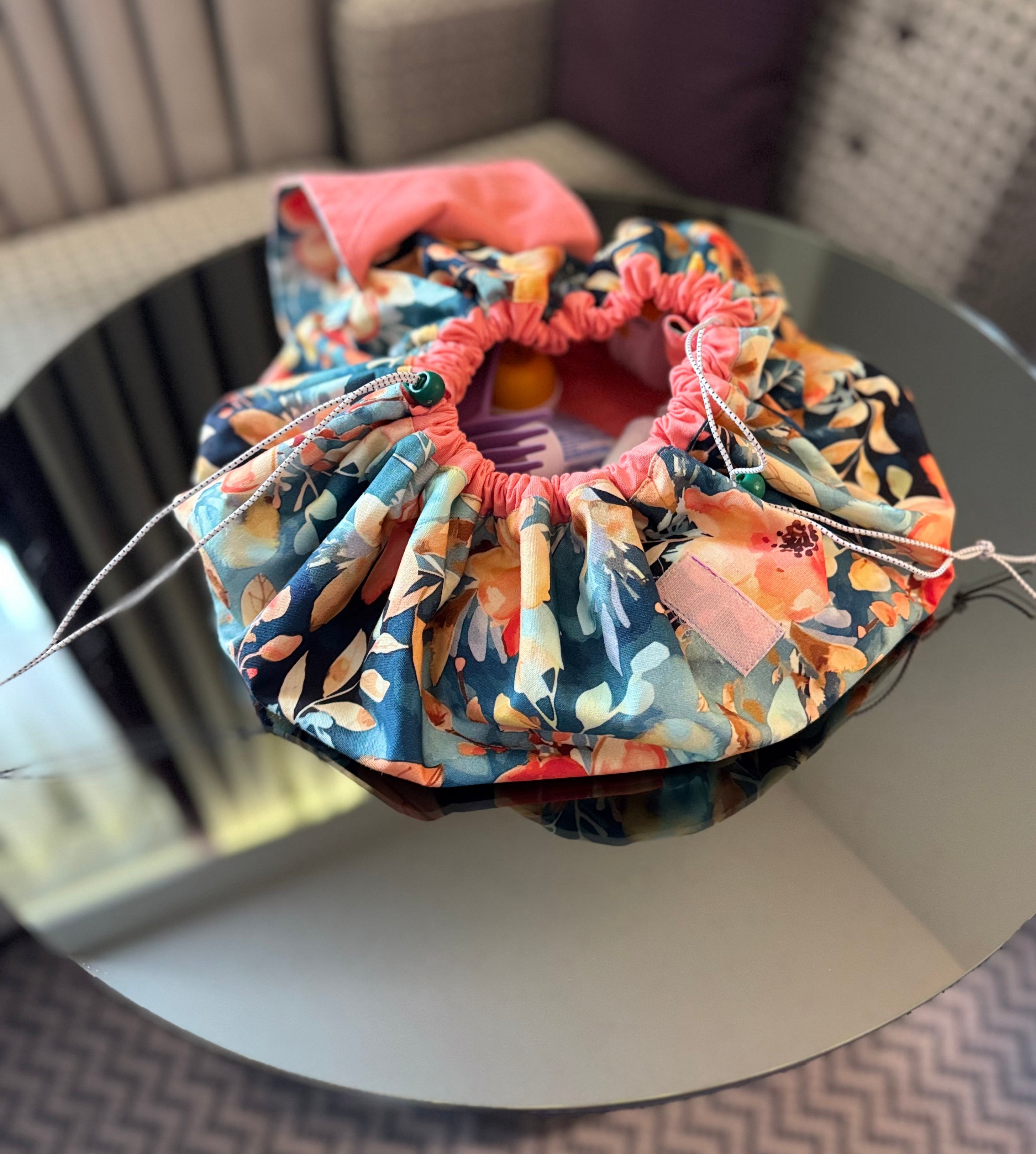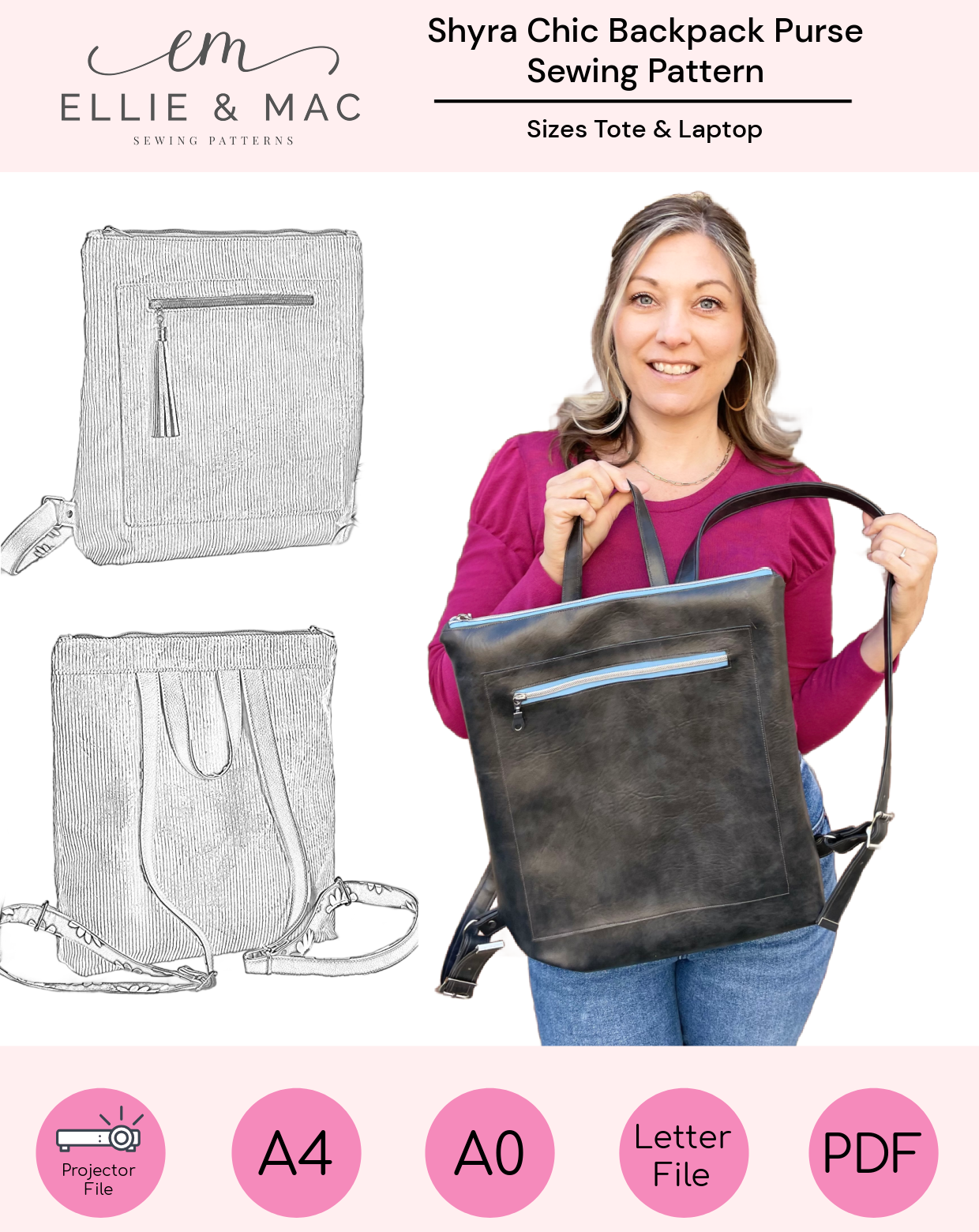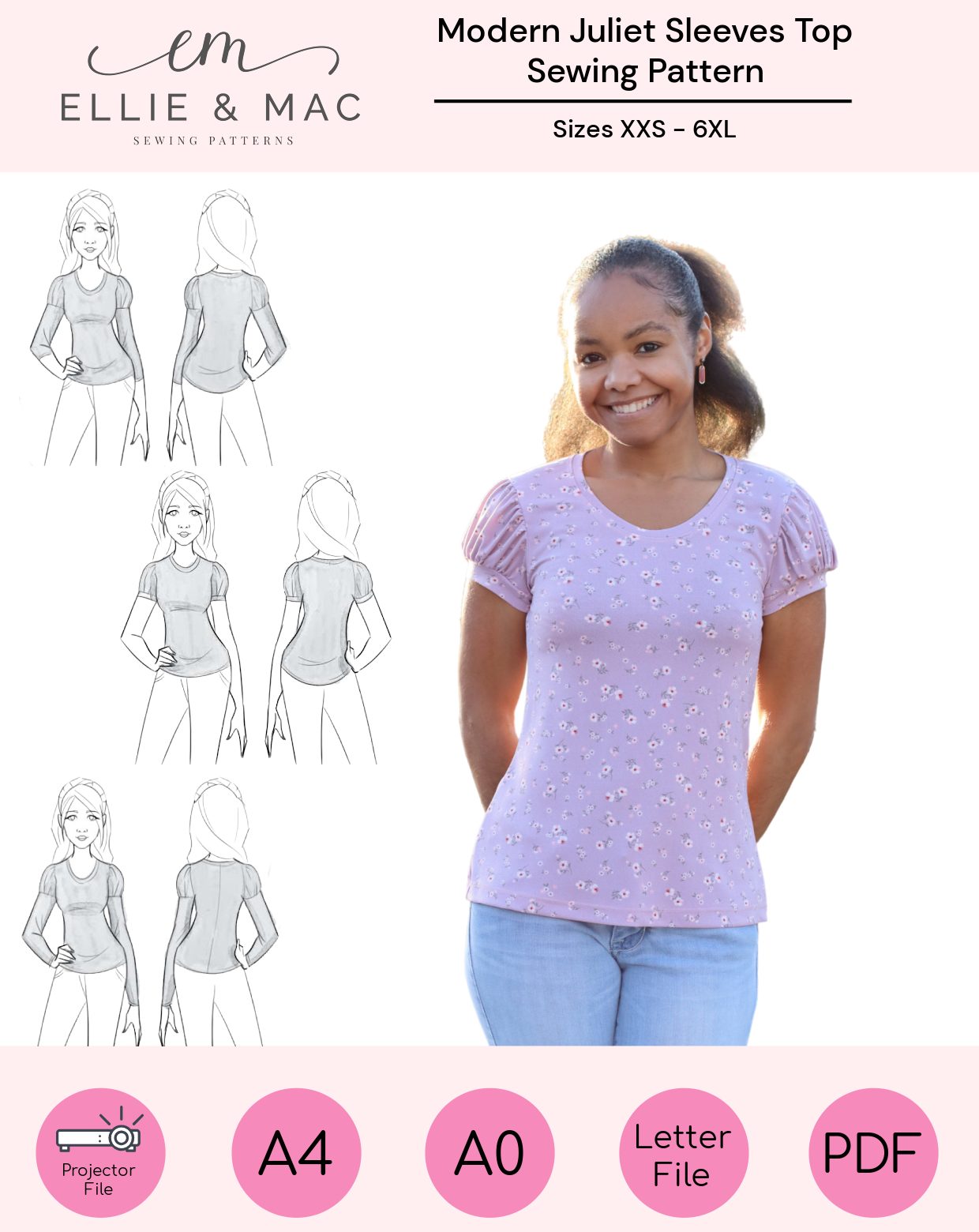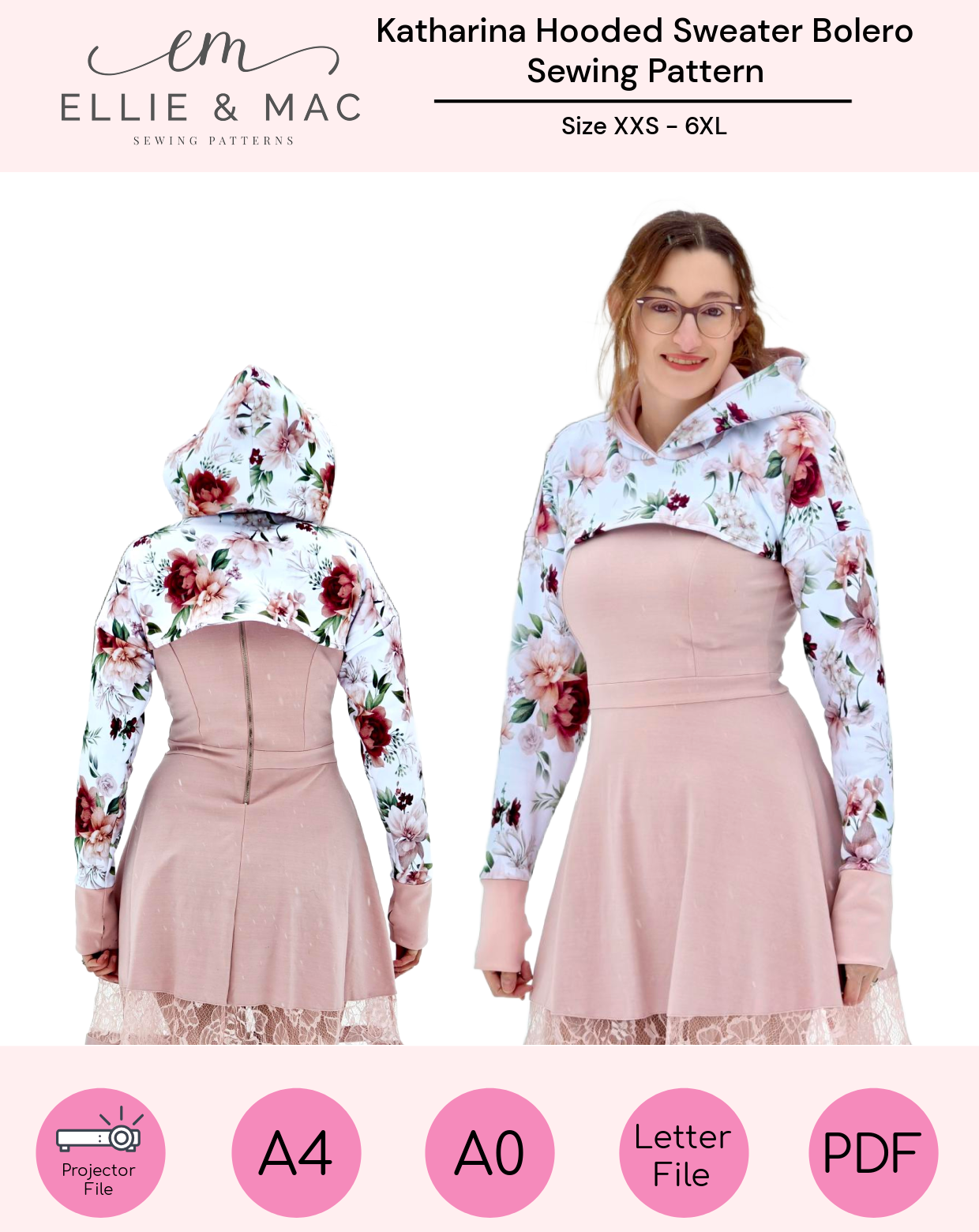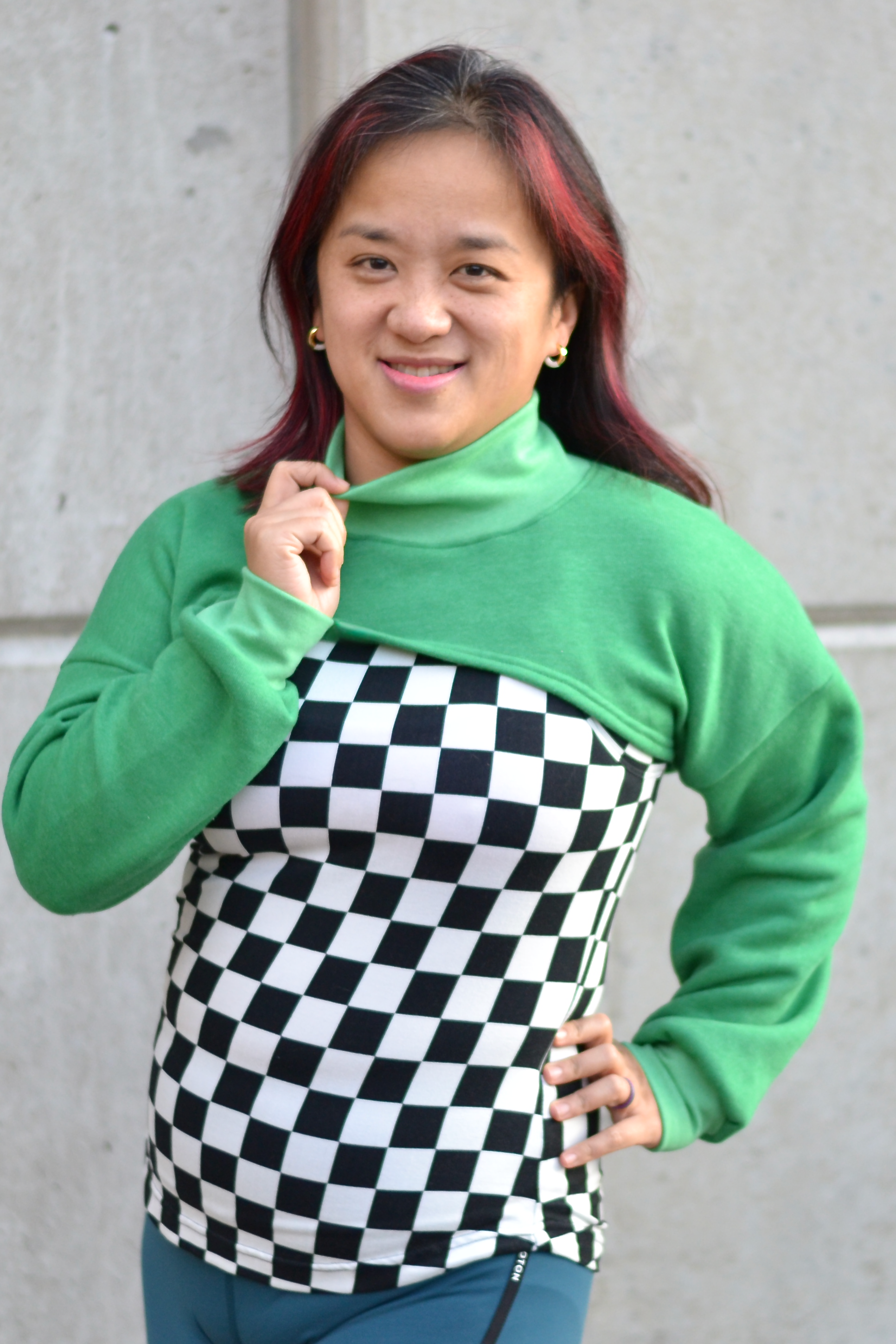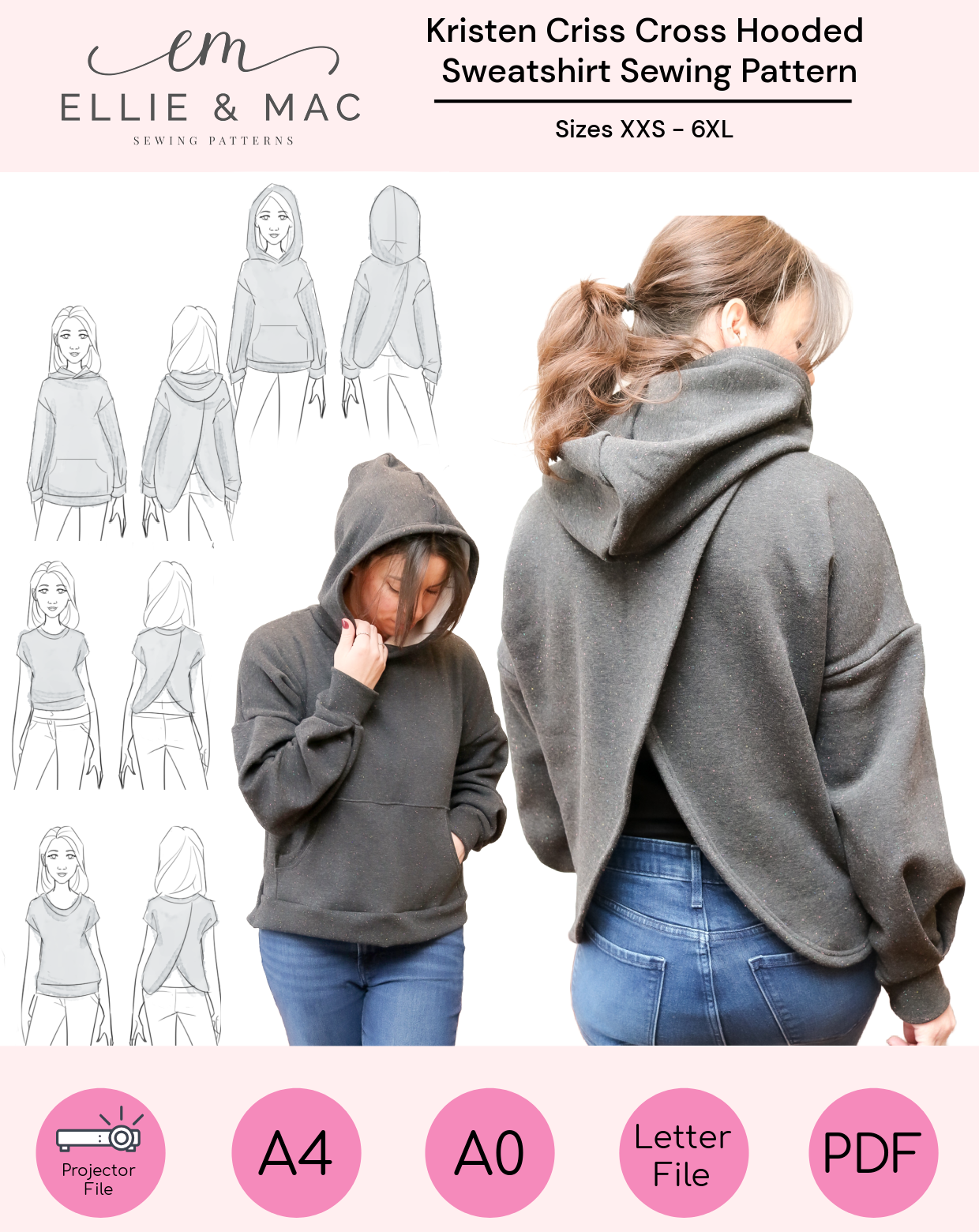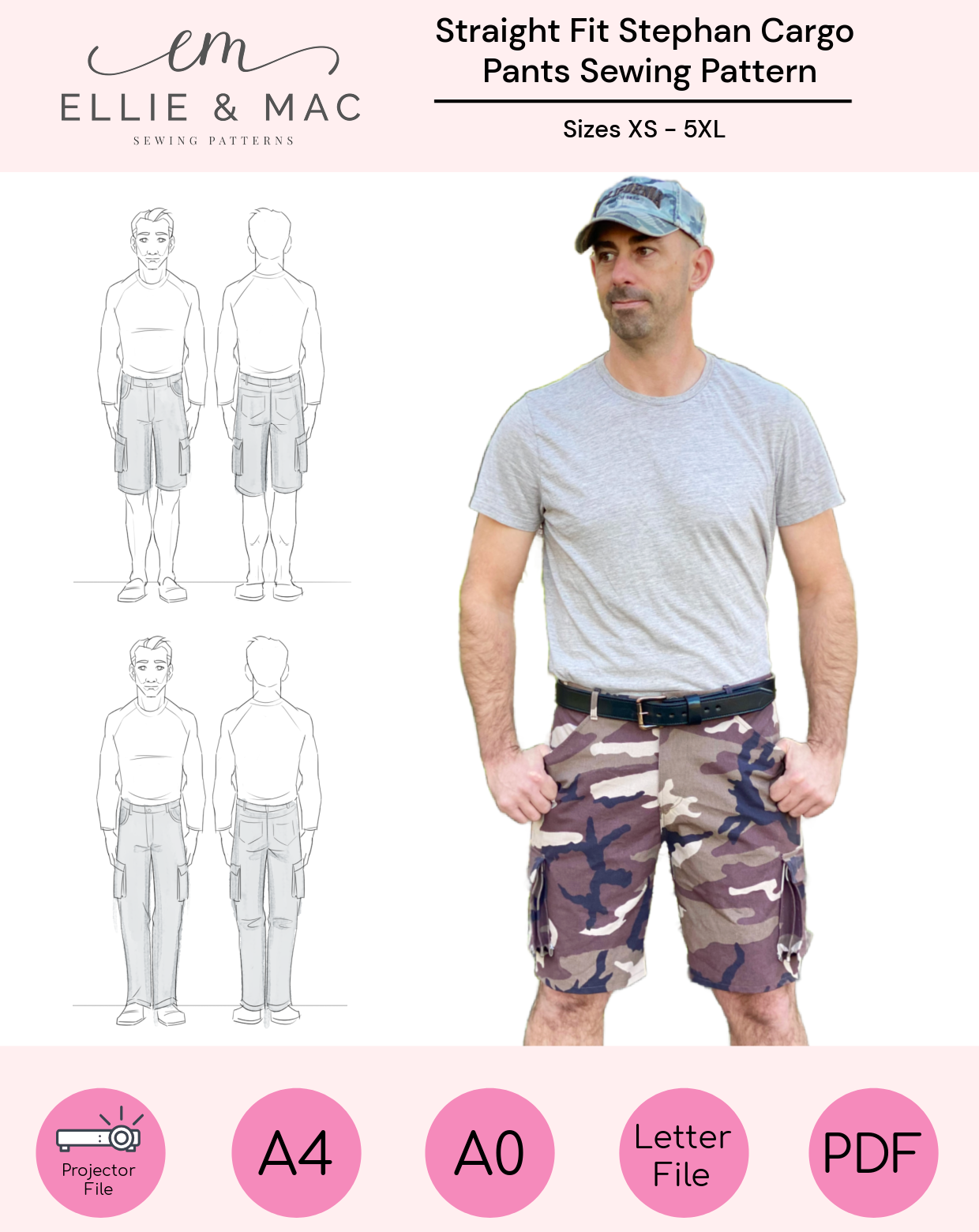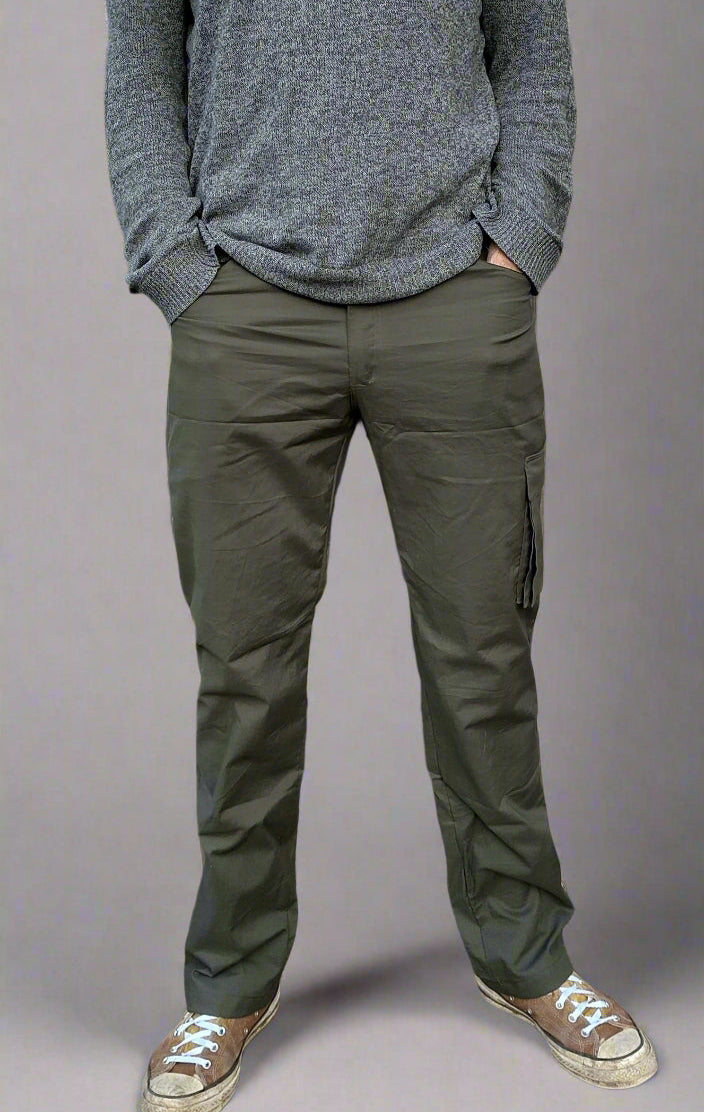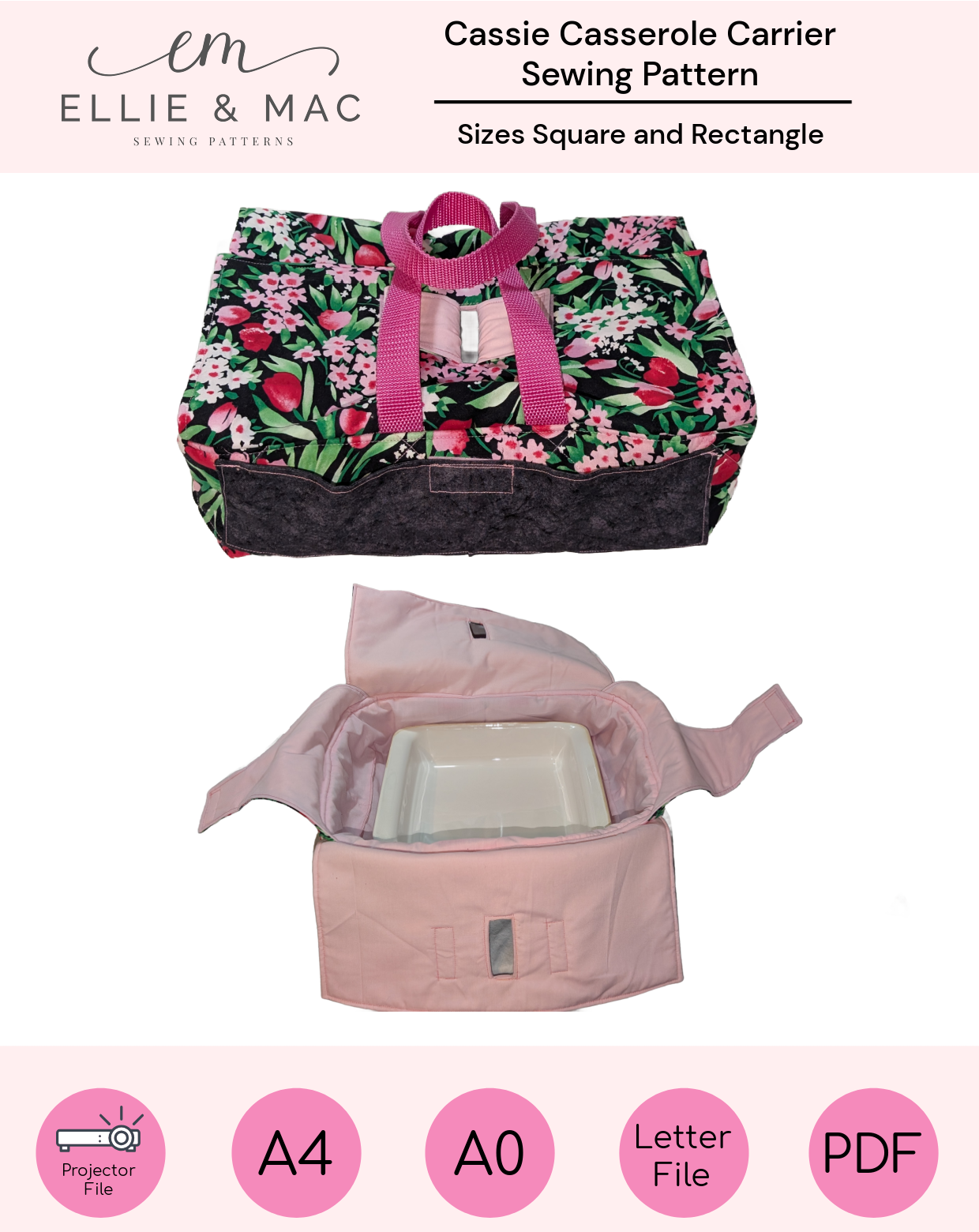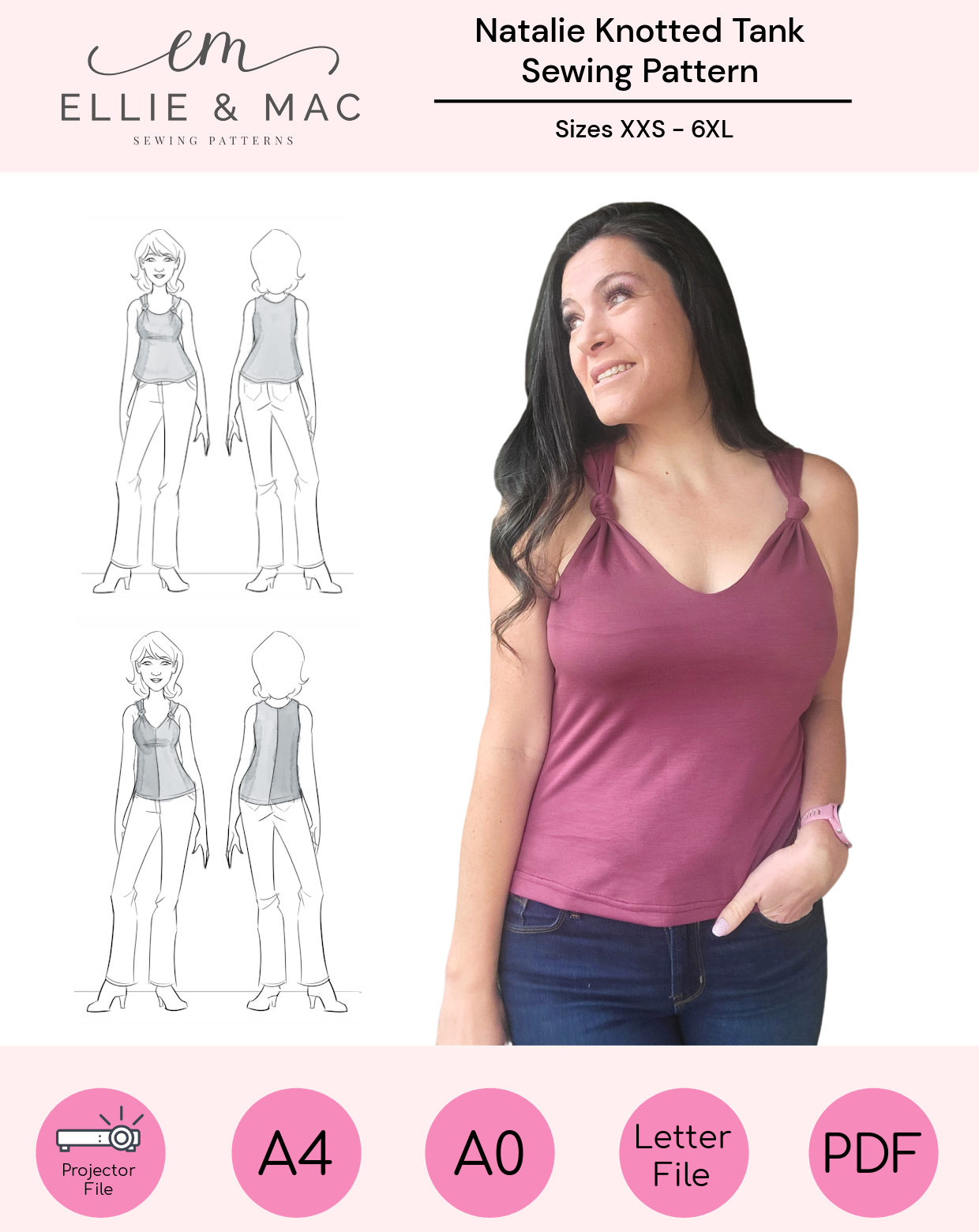Understanding the drafting process for various pant shapes will provide the foundation for creating customized styles that flatter your individual body shape. Pant styles are primarily determined by the body cut, pant leg shape, and inseam length, which work together to create a form-fitting design. This knowledge will enable you to curate pant styles that are perfectly tailored to your unique proportions.
Other adjustment tutorials in this series are:
Full Tummy Adjustment Tutorial.
Back Rise Adjustments Tutorial
This specific tutorial will show what to do after you have sewed your fit garment and you experience the symptoms of a full or a flat seat. Continue reading and you will discover the symptoms and the solution for having a full or flat seat.
Full Seat Adjustment
What do you see?
When you have a fuller bottom, you may see diagonal lines at the back (bum area) of your fit pants leading to the back crotch seam. The waistline may also pull down, sitting too low at your lower back. This is a common issue for those with a fuller bottom. To address this issue, extending the back crotch seam can improve the fit of the trousers. This adjustment is called a Full Seat Adjustment.
How to perform a Full Seat Adjustment
Prepare for this tutorial by gathering your back leg pattern piece, a pen or pencil, a ruler, scissors, tape, and paper. With these materials ready, you are now ready to begin.
Draw a diagonal line from the middle of the crotch to the side seam on the back leg. For more accuracy remove the seam allowance on the side seams.
Then cut from the crotch seam to just before the sideseam (make sure to don't cut through the side seam). This creates a hinge that can be moved to add extra length to the back crotch seam.
Carefully position the pattern piece on top of the paper and pivot the top section away from the bottom by the desired amount - 3/8-5/8in (10-15mm) is a good starting point. Secure the pieces with tape or adhesive, and redraw the crotch seam with a straight line for a cleaner look. Trim away any excess paper. Add back the seam allowance.
Congratulations! Your new pattern piece is all done now! You can continue with cutting the fabric and sewing the pattern according to the sewing instructions.
Flat Seat Adjustment
What do you see?
Bagginess under the buttocks with diagonal wrinkles pointing upwards towards the hip may suggest that either:
- the upper thigh area of the pant is too spacious or
- the buttocks area is flatter than the pattern was drafted for.
This is a common issue for those with a flatter bottom. To address this issue, taking in the back crotch seam can improve the fit of the trousers. This adjustment is called a Flat Seat Adjustment.
How to perform a Flat Seat Adjustment
Prepare for this tutorial by gathering your back leg pattern piece, a pen or pencil, a ruler, scissors, tape, and paper. With these materials ready, you are now ready to begin.
Draw a diagonal line from the middle of the crotch to the side seam on the back leg. For more accuracy remove the seam allowance on the side seams.
Then cut from the crotch seam to just before the side seam (make sure to don't cut through the side seam. This creates a hinge that can be moved to remove length to the back crotch seam.
Carefully position the pattern piece on top of the paper and pivot the top section over the bottom by the desired amount - starting with 5/8in (15mm) is recommended. Secure with tape or adhesive, and redraw the crotch seam with a straight line for a clean finish. Finally, trim away any excess paper. Add back the seam allowance.
Congratulations! Your new pattern piece is all done now! You can continue with cutting the fabric and sewing the pattern according to the sewing instructions.


